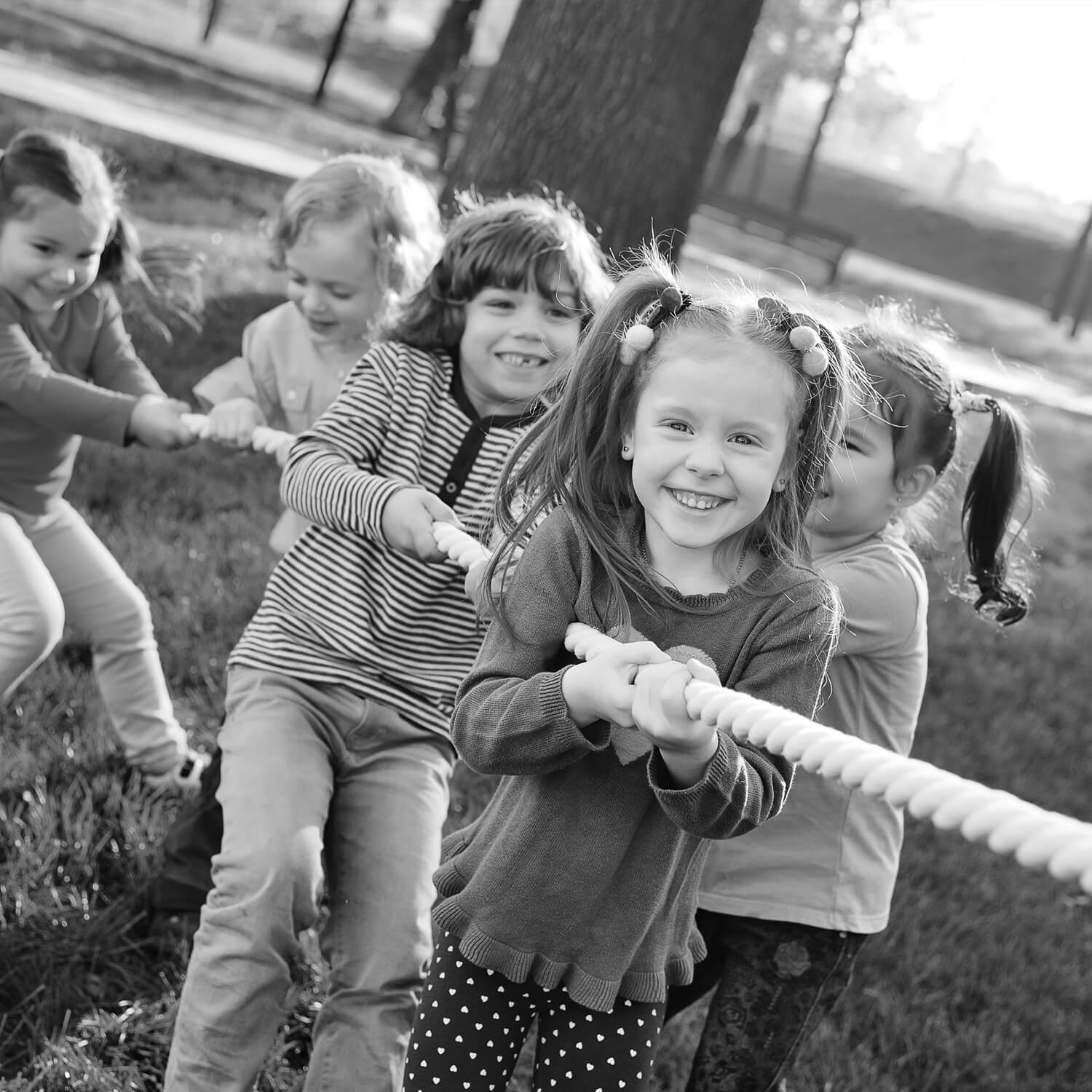DEVELOPMENTAL OUTCOME
Displays an awareness of their own emotional state and an ability to identify others’ emotions using situational or expressive cues
MINDFUL MOMENT
BRAIN BREAK
REMOTE OPPORTUNITIES
If you would like to teach these activities remotely, please find below the links to this content on SeeSaw. See their Help Centre for further information about this free online platform.
STRATEGIES AND QUESTIONS
ACTIVITY 1 – THE FEELINGS SONG
Resources: Audiovisual equipment
Students use their facial expressions, body language and posture to demonstrate each of the feelings.
Questions could include: What other feelings do you know of? What do they look like? What do they sound like? What do they feel like? What makes you feel this way?
Success criteria: Listen carefully, take turns talking
ACTIVITY 2 – EMOTIONAL ART
Resources: Pencils, paint, brushes, water, smocks and paper
Ask students what they think the term ‘emotion’ means. What kinds of emotions do we experience on a day-to-day basis?
TIP: You can use the terms ‘emotions’ and ‘feelings’ interchangeably.
Ask students how certain colours make them feel and why. Ask students what kinds of lines they can see or draw (e.g. straight, jagged, squiggly, zig-zag, etc.) Prepare students by asking them to draw lines based upon certain feelings, e.g. draw happy lines, angry lines, etc. Once everyone is ready, begin working with the paint. Everyone can then decide on an emotion or feeling, which they will express using various paint colours, lines, textures and shapes.
Once everyone has finished their artworks, students could view and appreciate each other’s work.
Questions could include: Can you find someone’s work that expresses the same emotion that you chose? What are the similarities and differences? Can you guess what emotions other people chose to paint?
Success criteria: Watch and listen carefully, be creative
ACTIVITY 3 – NAME THAT EMOTION
Resources: Audiovisual equipment, magazines or newspapers, scissors, paper, glue
Use pictures, words and facial expressions to explain the terms: happy, sad, excited, angry, anxious and grouchy. Ask students to demonstrate what these emotions look like.
For the next part of the activity, it’s best to simplify the task to two emotions (but you could include more). Ask students to go through magazines and newspapers and cut out pictures of people who look happy and people who look sad. In small groups, students can stick their pictures on two collaborative posters – one for happy pictures and one for sad pictures.
Success criteria: Listen carefully, choose pictures that match the emotions
ACTIVITY 4 – NERVOUS DRUMMING
Resources: Audiovisual equipment
Have students sit in a circle on the floor and drum on the floor to mimic their heartbeat. Ask the students to help you retell the ‘Bear Hunt’. Start by asking how their heart would beat if they were relaxed, then happy, then excited. Discuss that these emotions make us feel good and usually something good has happened to make us feel this way. Now ask the students to ‘drum’ a scared, nervous or anxious heartbeat. Discuss the physical changes in their bodies, and how they can use this energy to create a something positive – in this case, a really cool drumming sound.
Success criteria: Watch and listen carefully, be creative
ACTIVITY 5 – WHAT MAKES YOU HAPPY?
Resources: Magazines, scissors, glue, paper and pencils
This can be a discussion or a drawing activity. Students should form pairs and tell each other what makes them happy.
They then need to share with the class, or draw what makes their partner happy. These drawings could be used to make a collaborative display.
Success criteria: Listen to others, be creative







